13 Low-Maintenance Outdoor Plants for Beginners

Not everyone has a green thumb, especially when it comes to gardening. While keeping indoor plants alive might feel doable, the outdoors is a whole different ballpark, with factors like soil quality, rainfall, wind, sunlight, and pests to consider. To help you plant a stable garden, we consulted the experts to learn the best low-maintenance outdoor plants. These are some hardy creatures; most of them, you can plant and forget. They’ll stand up to a range of weather conditions, and many are even disease-, pest-, and drought-resistant. Keep reading to learn what to plant in your area.
RELATED: 8 Easy Outdoor Plants That Don’t Need Sunlight.
What Does “Low-Maintenance” Mean When It Comes to Plants?
Low maintenance means that if you plant them in the right conditions, they’ll thrive with minimal effort. In many cases, these plants are drought-tolerant, so you don’t need to get outside with a hose every day. Some are pest-, deer-, and disease-resistant, too, so you don’t need to check them for issues.
RELATED: Gardening Influencer Reveals the #1 Plant to Give Your Yard Beautiful Color.
13 Low-Maintenance Outdoor Plants
Plant these flowers, trees, shrubs, and succulents for a lush garden that doesn’t require much work.
1. Hosta
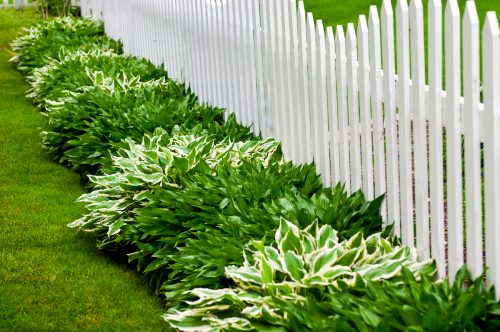
A hosta makes a lush addition to any garden.
“This long-lived herbaceous perennial is grown primarily for the attractive foliage that provides ornamental interest throughout the growing season,” says Janet Loughrey of Garden Design, who counts it among her favorite low-maintenance plants.
“Hosta varieties come in a wide range of colors and patterns, with sizes ranging from six-inch miniatures to giant specimens that are six feet wide,” she notes.
They’re easy to grow in places that other plants might reject, like shady areas and underneath trees, and are at home in any type of space, from woodland arrangements to shaded garden beds, borders, and containers.
Loughrey suggests a partially shady spot with rich, well-draining soil and watering them moderately. “If you live in a slug or snail-prone area, apply organic slug bait in early spring and as needed throughout the growing season,” she says. Other than that, you don’t have to do much!
2. Daylily
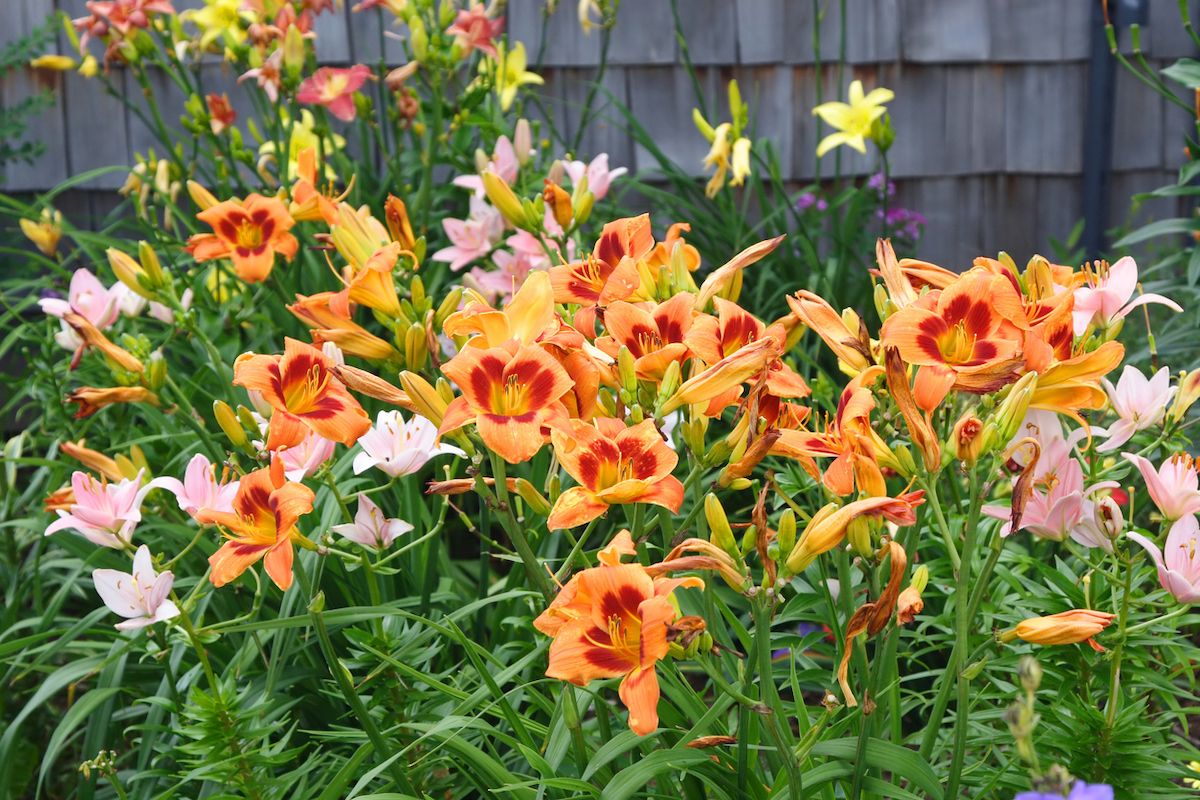
Wanting a low-maintenance garden doesn’t mean you can’t have any delicate flowers. If you’re in zones six and above, you can plant daylilies.
“Admired for its versatile nature, the daylily can adapt to varied soil conditions and is tolerant of both drought and heat,” says Darren Muzzy of Michigan Tree Experts. “Daylilies prefer full sun but will also grow well in partial shade; they require occasional watering in dry periods and removal of spent flowers for optimal bloom.”
They tolerate most soil qualities and are free of most pests and diseases.
3. Lantana
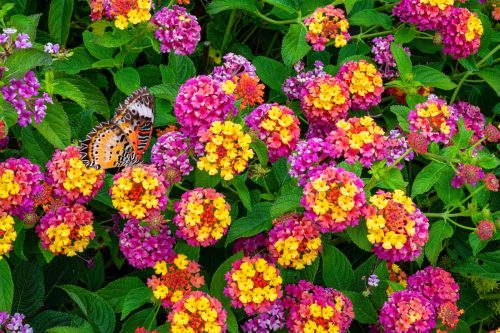
For warmer climates, consider lantana.
“This woody evergreen shrub blooms prolifically and continuously nearly year-round in frost-free climates and is a favorite plant of hummingbirds, butterflies, bees, and other insect pollinators,” says Loughrey. “Its colorful flower clusters come in tropical hues of red, orange, yellow, coral, purple, and white.”
You can plant it in many spots around your garden, like foundation plantings close to your home, shrub borders, and containers.
Maintaining these hard-to-kill plants largely revolves around placement. “Lantana thrives in hot, dry conditions and is tolerant of poor soils as long as there is good drainage,” explains Loughrey. “Place it in a sunny site and amend the soil at the time of planting.”
Once it’s established, it’ll be drought- and deer-resistant and free of most pests. In cooler climates, the plants can be overwintered inside and put back outside in the spring.
RELATED: 6 Plants That Keep Deer Out of Your Yard, According to Experts.
4. Lavender
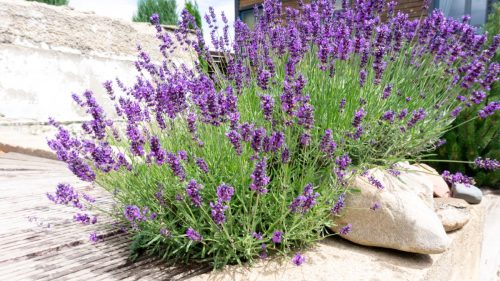
Lavender makes a delightful addition to the garden—you can even harvest it for potpourri sachets or cooking.
“In warmer zones six and above, the lavender plant is my top pick for a low-maintenance plant,” says Gene Caballero, co-founder of Your GreenPal. “Lavender prefers full sun and well-drained, slightly alkaline soil.”
It’s also drought-resistant once it’s established, so you don’t need to worry about missing a few waterings. This perennial’s stunning fragrance will attract pollinators, making it an excellent companion plant in flower, vegetable, and herb gardens.
5. Sedum
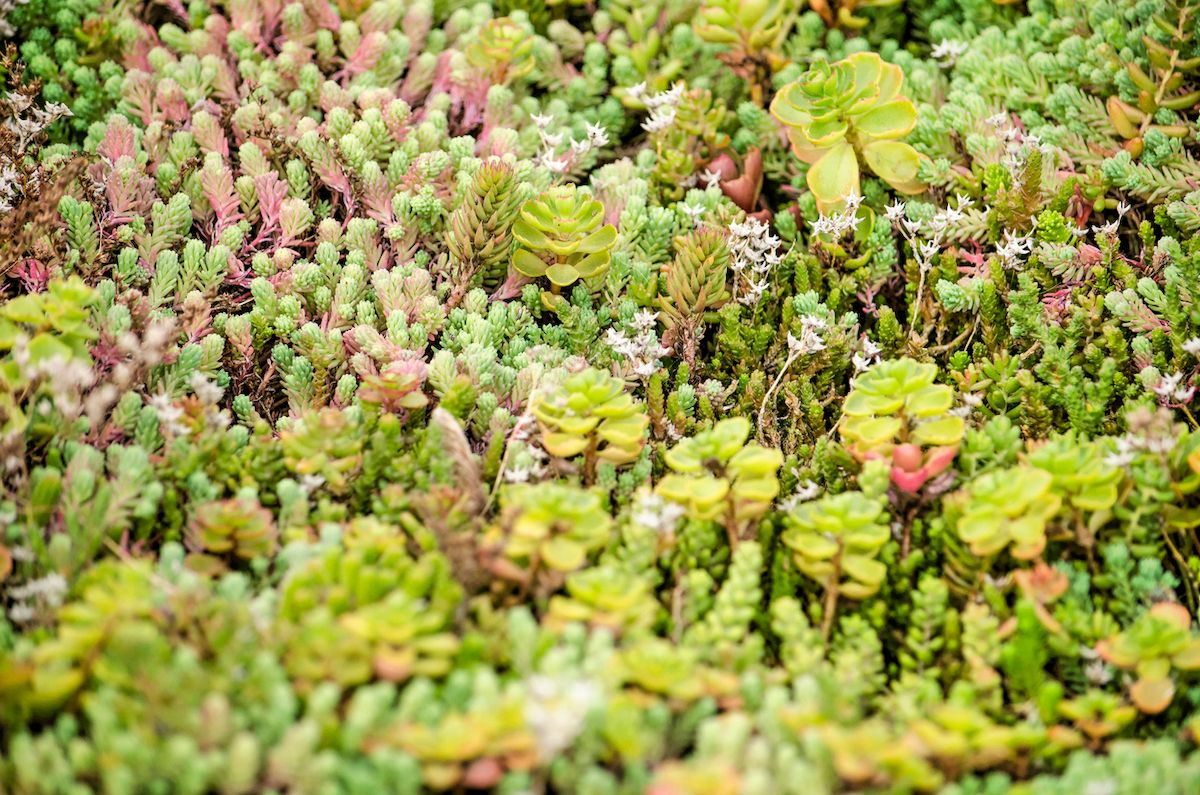
Sedum is a low-maintenance plant that does best in colder climates.
“These hardy succulents are built to withstand harsh winters and thrive in dry, sunny conditions,” says Simon St-Denis, founder of Canada Grow Supplies. “They’re practically self-sufficient, requiring little more than well-draining soil and occasional watering during extended dry spells.”
There are a few types, including creeping sedum, which provides ground cover and can spread up to three feet wide; tall sedum, which is more upright and expands up to two feet wide; and trailing sedum, which can go in hanging baskets. Different varieties produce a range of flower colors, like pink, yellow, orange, and white.
6. Butterfly Bush
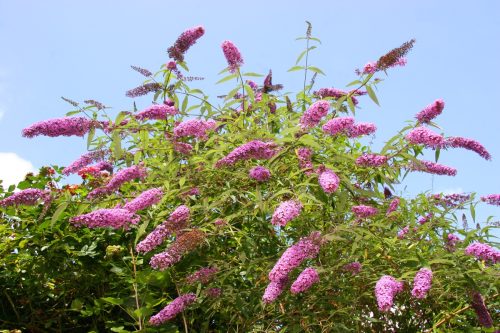
Just like the name suggests, these flowering plants are a magnet for pollinators. Plus, they have beautiful blossoms in pink, purple, yellow, and white, growing on stunning arched branches that can soar up to 12 feet tall.
“This resilient shrub is fairly undemanding, needing just a sunny spot, well-drained soil, and the occasional pruning to keep it tidy and encourage new growth,” says St-Denis.
It’s an easy way to add color and height to your garden.
RELATED: The Best Natural Insecticides to Help Save Your Garden.
7. Anigozanthos
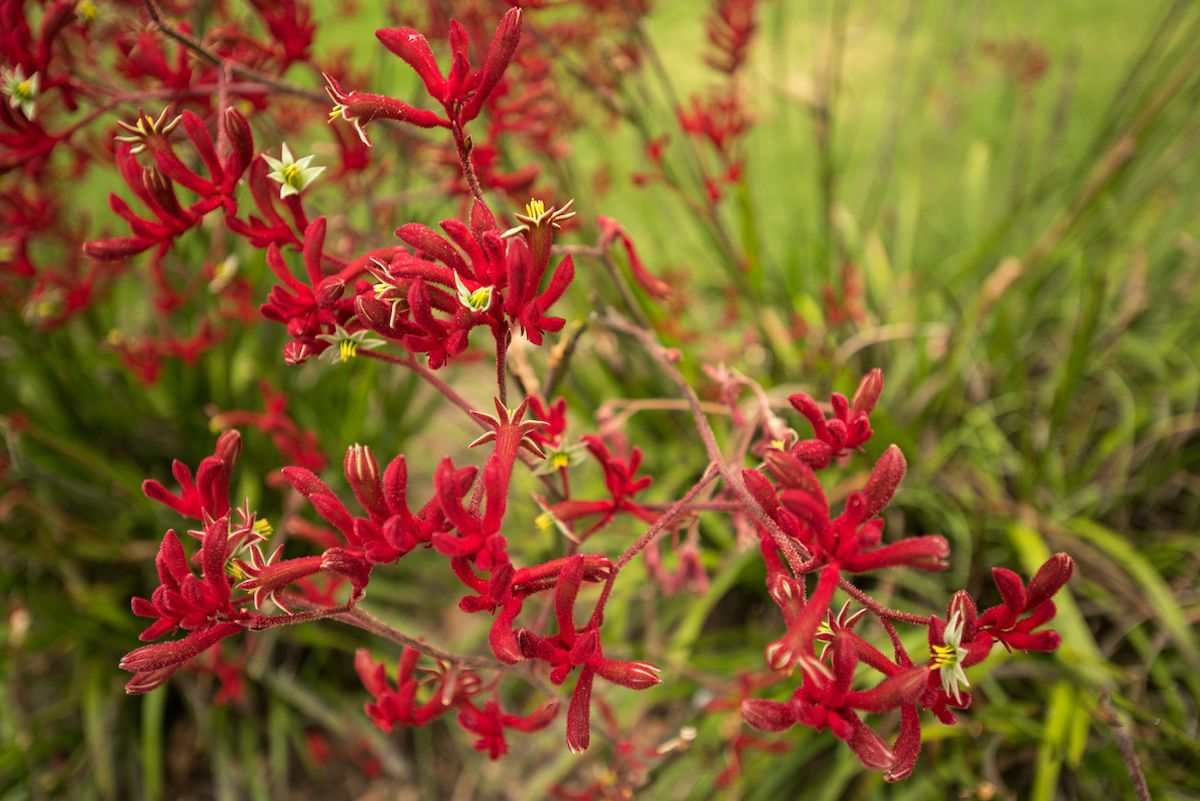
This low-maintenance plant is also called Kangaroo Paw—and once you see its showy flowers, you’ll understand why.
“Ranging in color from off-white and yellow to pink, orange, and brick red, these Australian native plants thrive in dry, hot climates,” says horticulturist and botanical designer Nathan Heinrich. “Drought-resistant and sun-loving, Kangaroo Paw do best in places like California, Arizona, and Texas—and once established, they require practically no maintenance whatsoever.”
Add them to the back of your garden for a layered effect; they can grow up to five feet tall!
8. Juniper
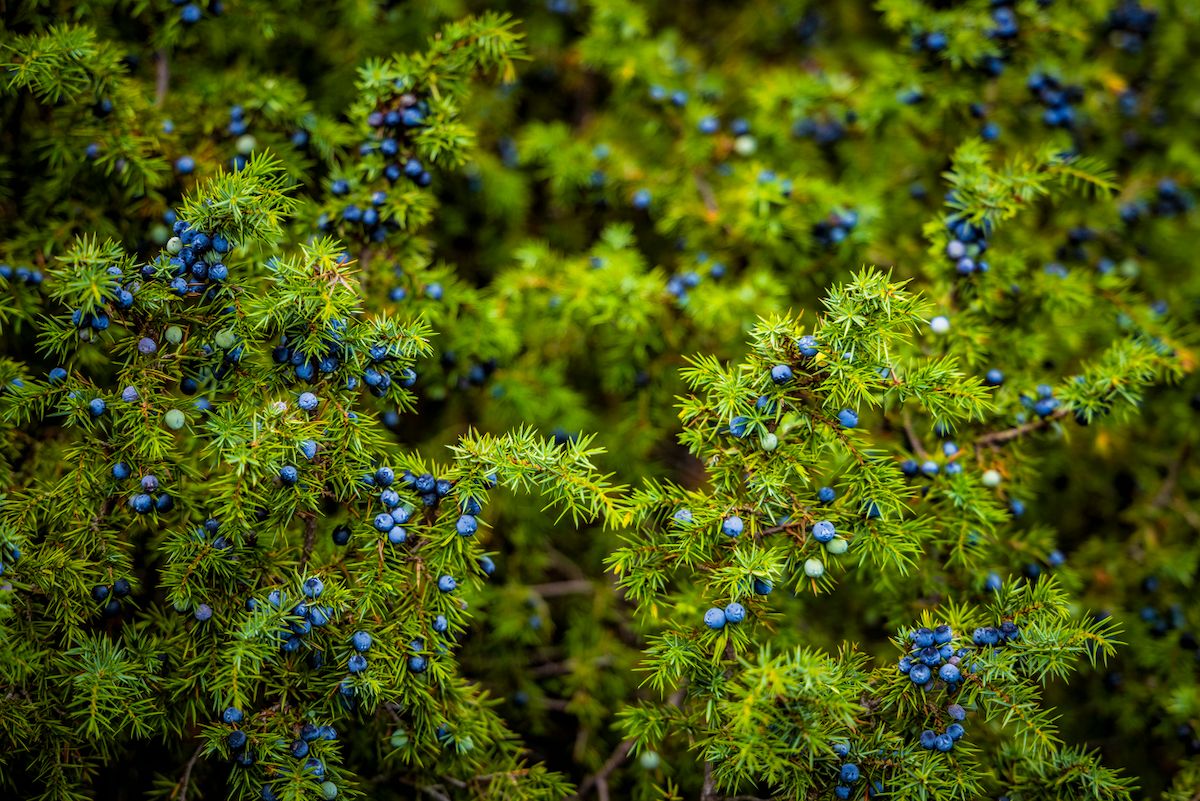
If you live in a colder climate, try a juniper plant. Loughrey says she recommends them often, and some species are hardy to zone two.
“This evergreen conifer adds year-round appeal to the landscape and looks pretty under a blanket of snow,” she says. “There are many different varieties in a wide range of sizes, shapes and colors to suit any style or size of landscape, and they are virtually carefree once established, needing little or no pruning, supplemental fertilizer, or water.”
Give them a sunny spot with well-draining soil, and boost the soil with compost when you plant them.
9. Butterfly Weed
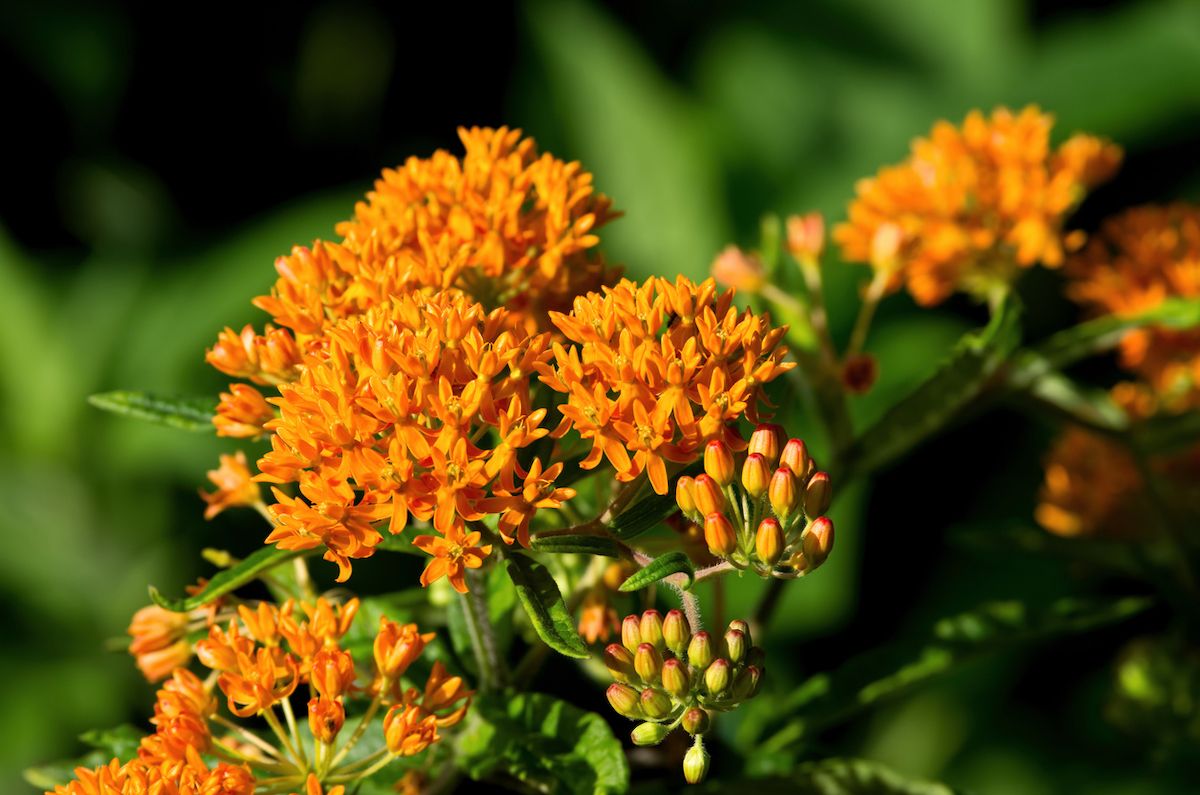
This plant has bright orange blossoms that support the survival of the monarch butterfly species, so you can feel extra good about planting it.
The perennial is native to North America and grows pretty much everywhere around the country. It flowers from late spring to late summer, grows to about two feet tall, and requires dry, well-drained soil. It’s drought-resistant and doesn’t require much at all from you to stay happy.
10. Saucer Magnolia
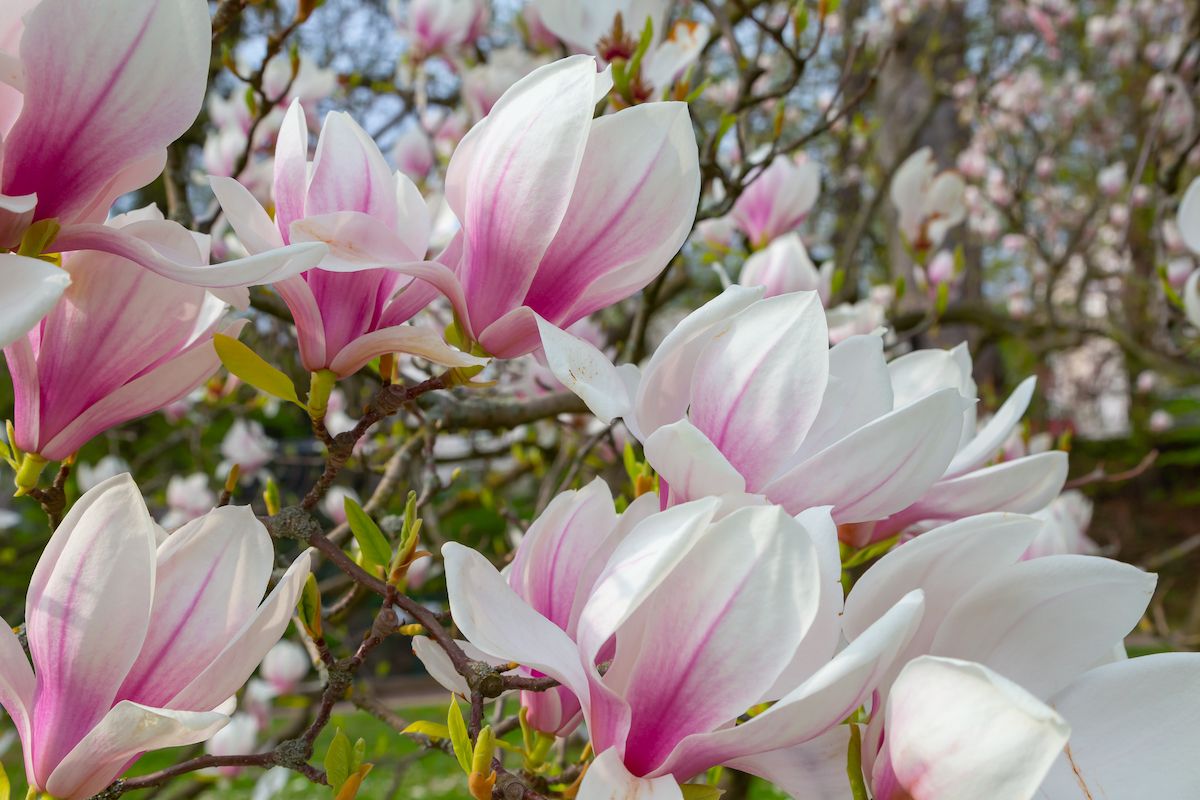
Just because you’re in a cooler climate doesn’t mean you can’t greet spring with beautiful blossoms.
“These cold-hardy trees produce a magnificent flower show in spring when temperatures begin to rise into the 40s and 50s during the day,” says Heinrich. “These trees lose their leaves during the winter months, and the flowers emerge a month before the leaves appear. [They] are cultivars that range in color from deep magenta and yellow to pale pink and white.”
You can water saucer magnolias during dry spells, but that’s about all the care they need. Of course, if you prefer a tidy lawn, you may need to rake up the fallen petals often. Or don’t—they look just as graceful on the ground as they do on the tree!
RELATED: 6 Ways to Make Your Lawn Maintenance-Free.
11. Shasta Daisy
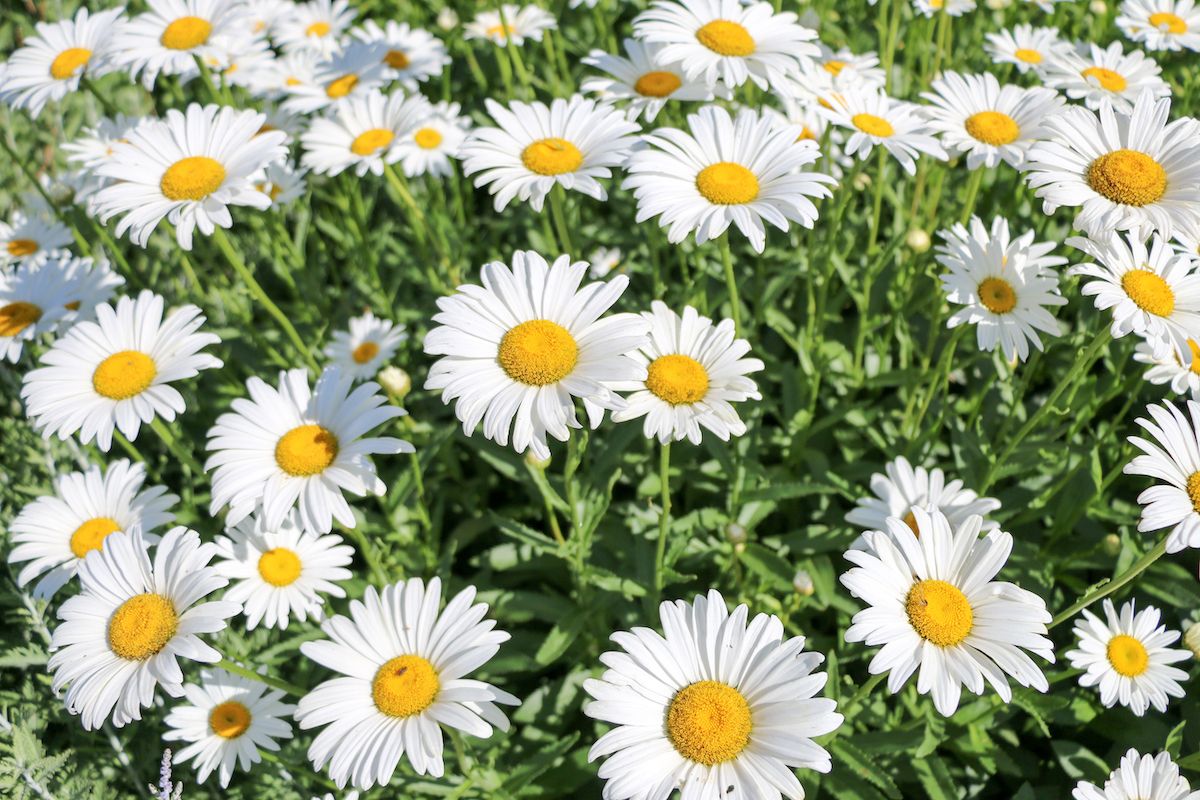
These perennials are great for cool locales, and their fresh petals offer the perfect place to rest the eye in a busy garden.
“In these colder regions, its ability to stand up to harsh winters is commendable—and the white, radiant flowers are a bonus, serving as a lovely addition to any garden or landscape,” says Muzzy. “Maintenance for the shasta daisy is straightforward: Water regularly, divide every two to three years and provide some winter protection in colder zones.”
12. Grecian Pattern Plant
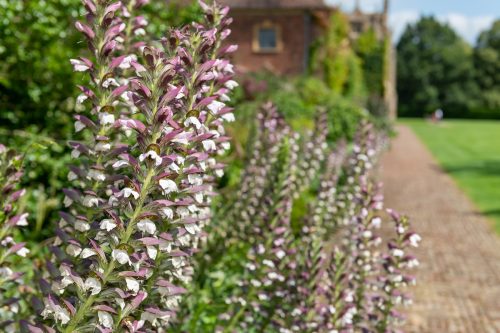
Add this plant, also called acanthus mollis, to your zone six to 13 garden. You’ll get pretty flowers without the fuss.
“The Grecian pattern plant is a lovely and versatile plant that thrives in both morning and evening sun with afternoon shade, and their sculptural elegance has appeared in architectural details and art for thousands of years,” says Heinrich. “Needing nothing but regular watering in dry climates and no watering in rainy climates, these plants are the perfect filler plant for a shady corner of your yard or garden.”
13. Japanese Forest Grass
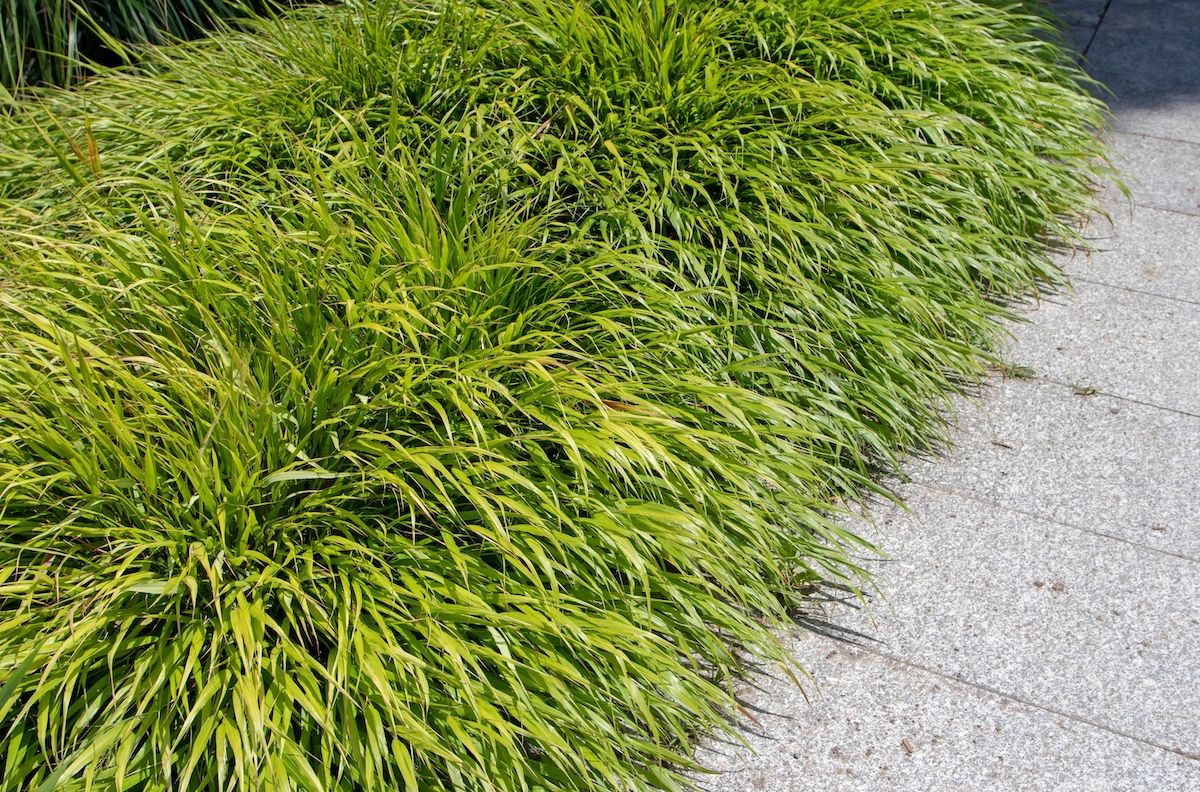
Add Japanese forest grass to a shady garden area for a pop of bright green—they’re one of the few ornamental grasses that thrive without sun.
These perennials grow in clumps that get around 18 inches tall and two feet wide, and different varieties have slightly different colors, leaves, and dimensions. They need well-drained soil but are otherwise free of disease and pests. Keep it watered, and it’ll take it from there!